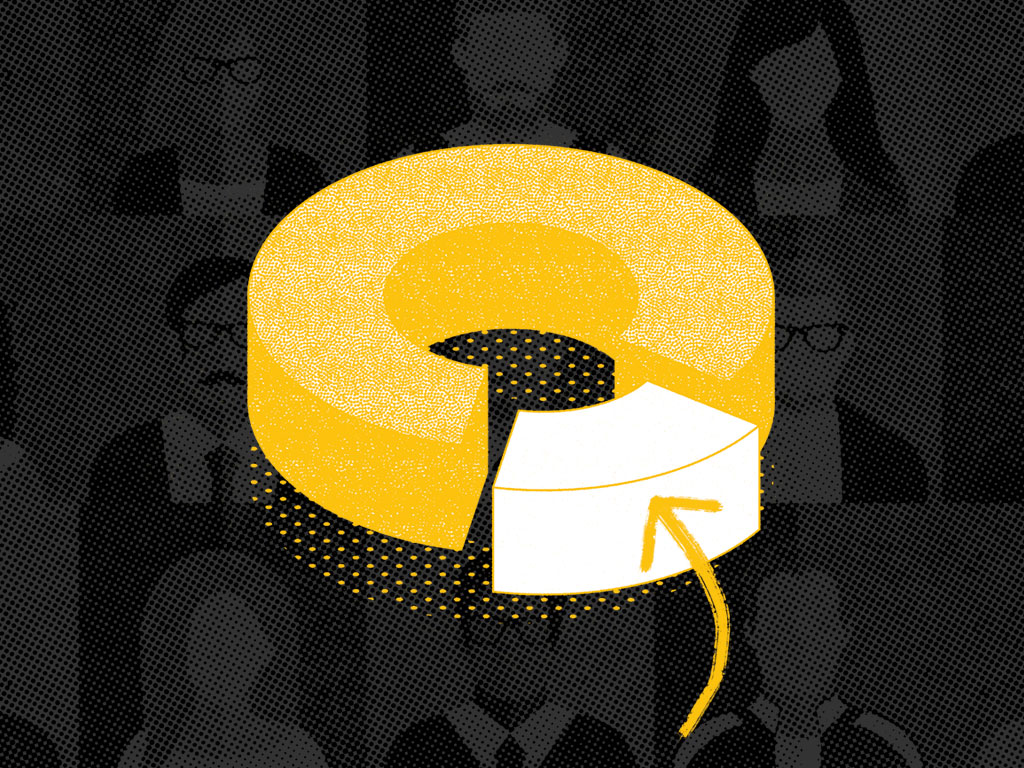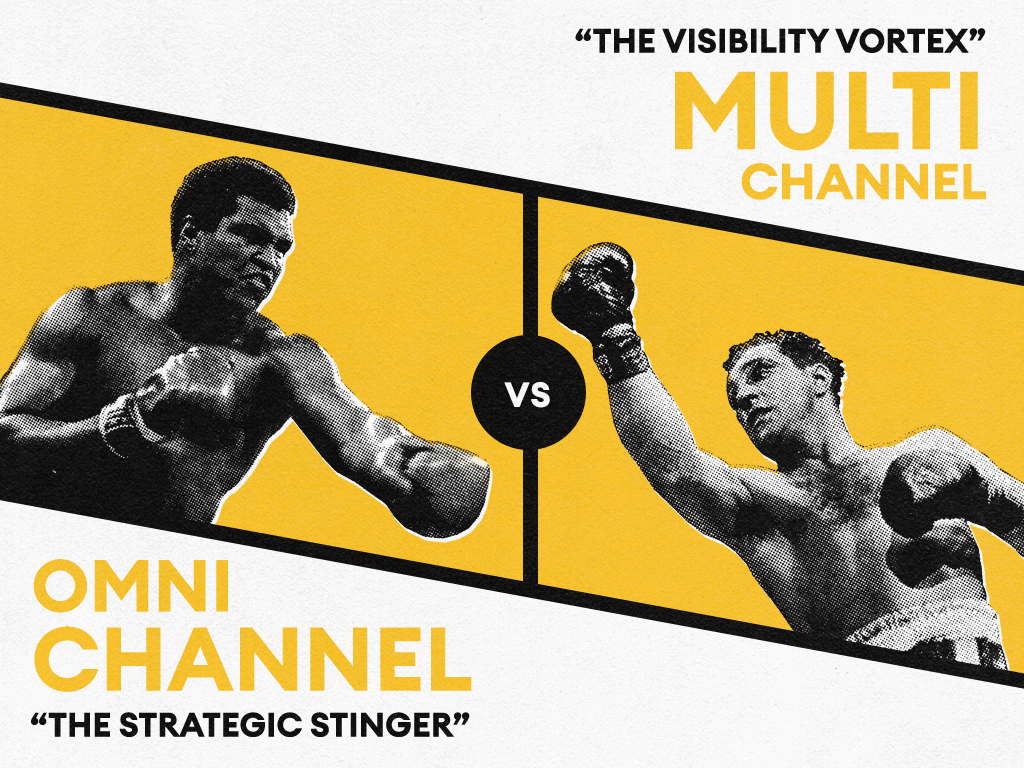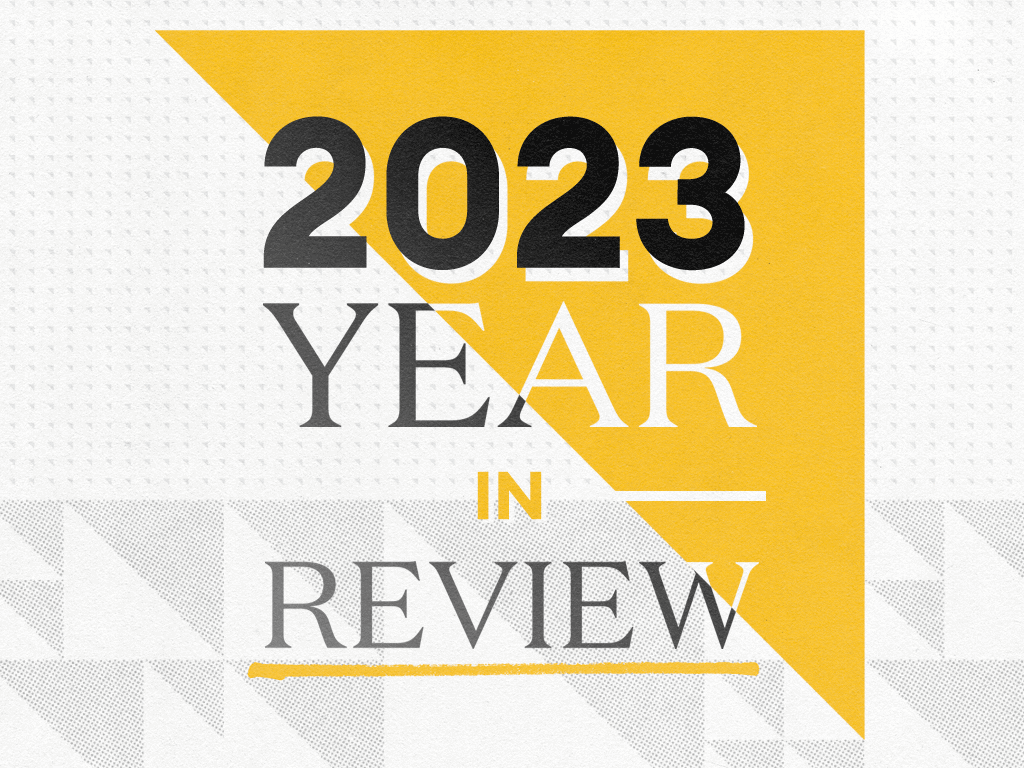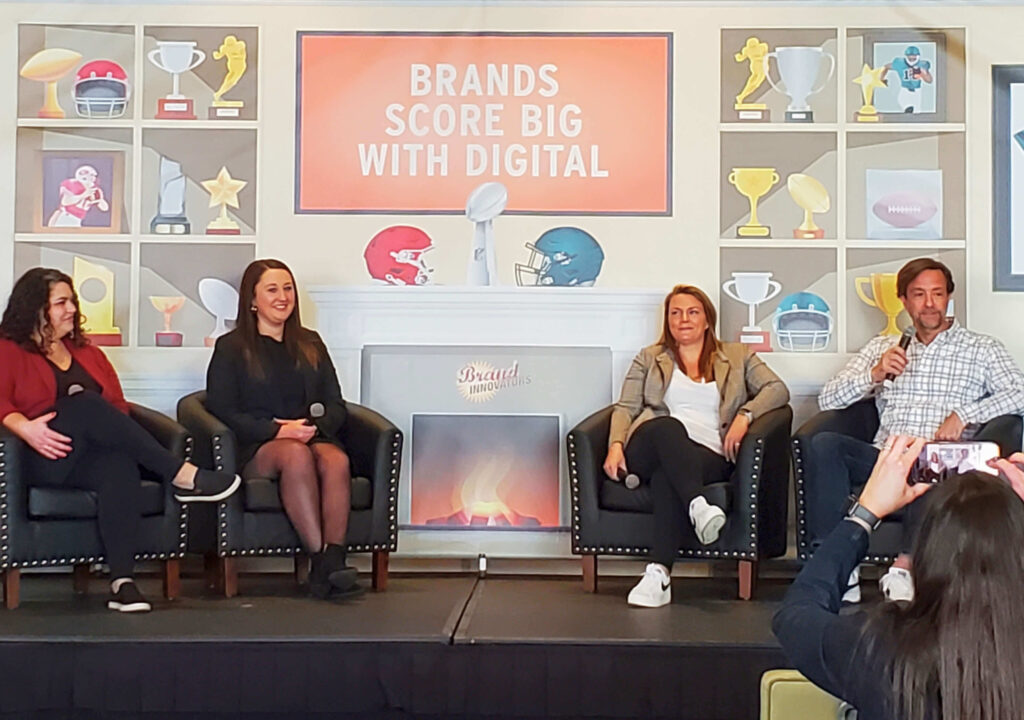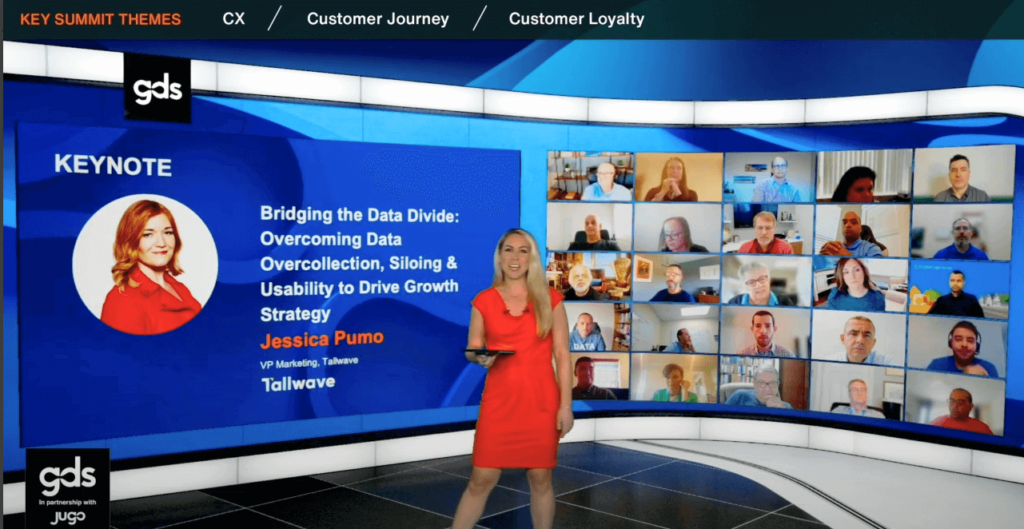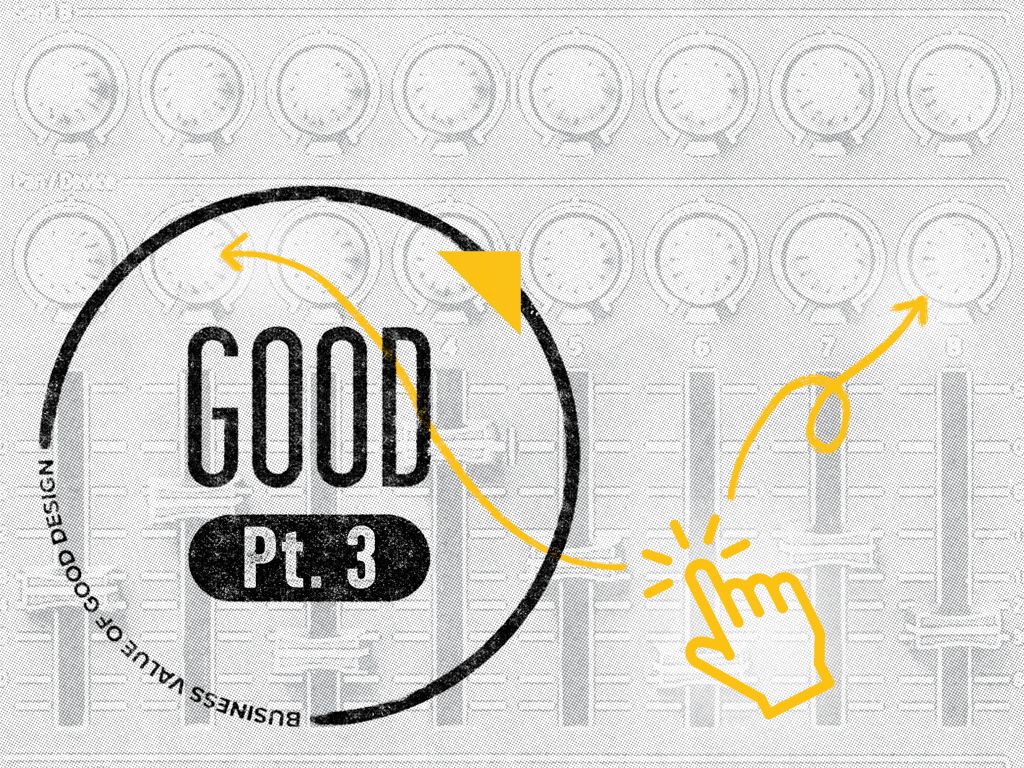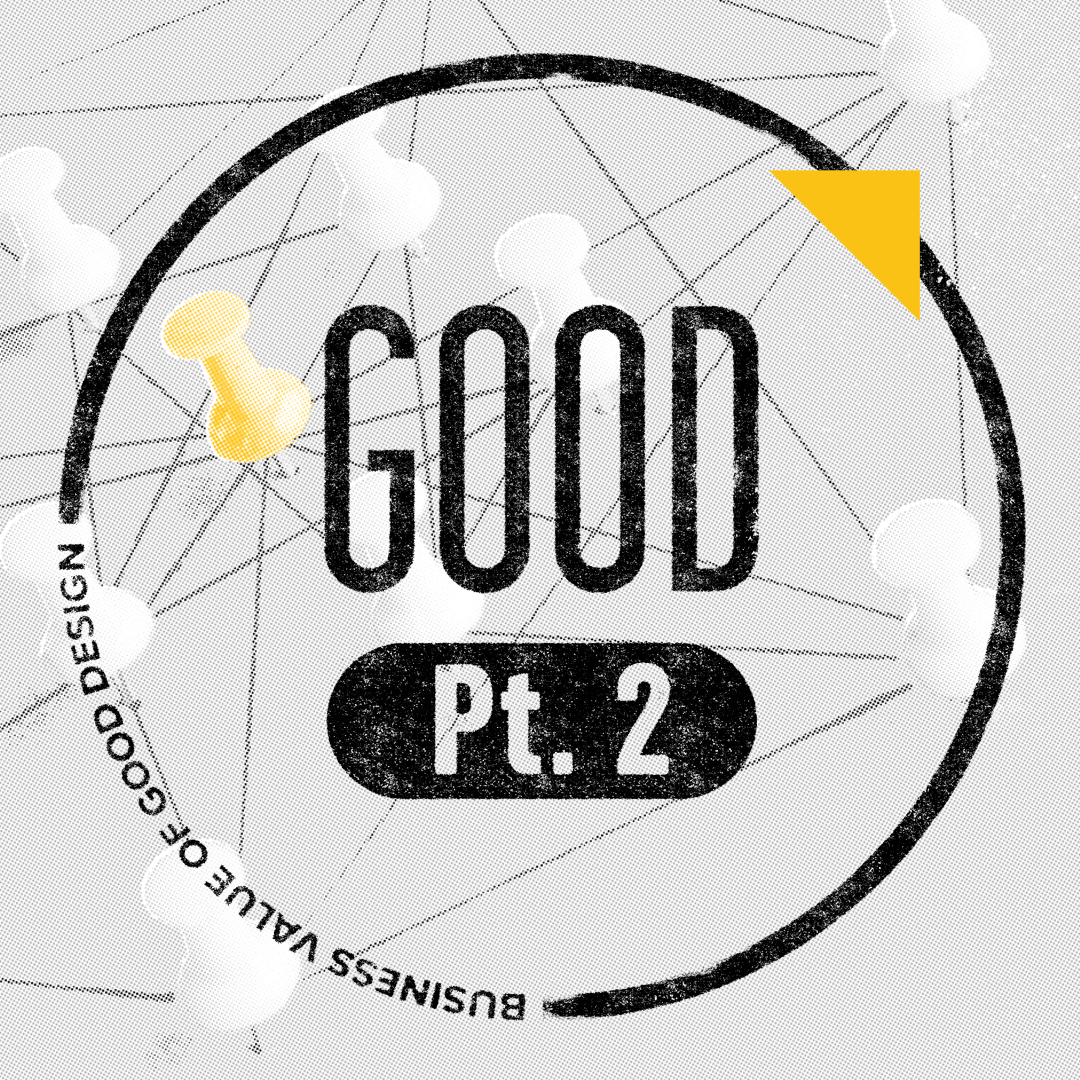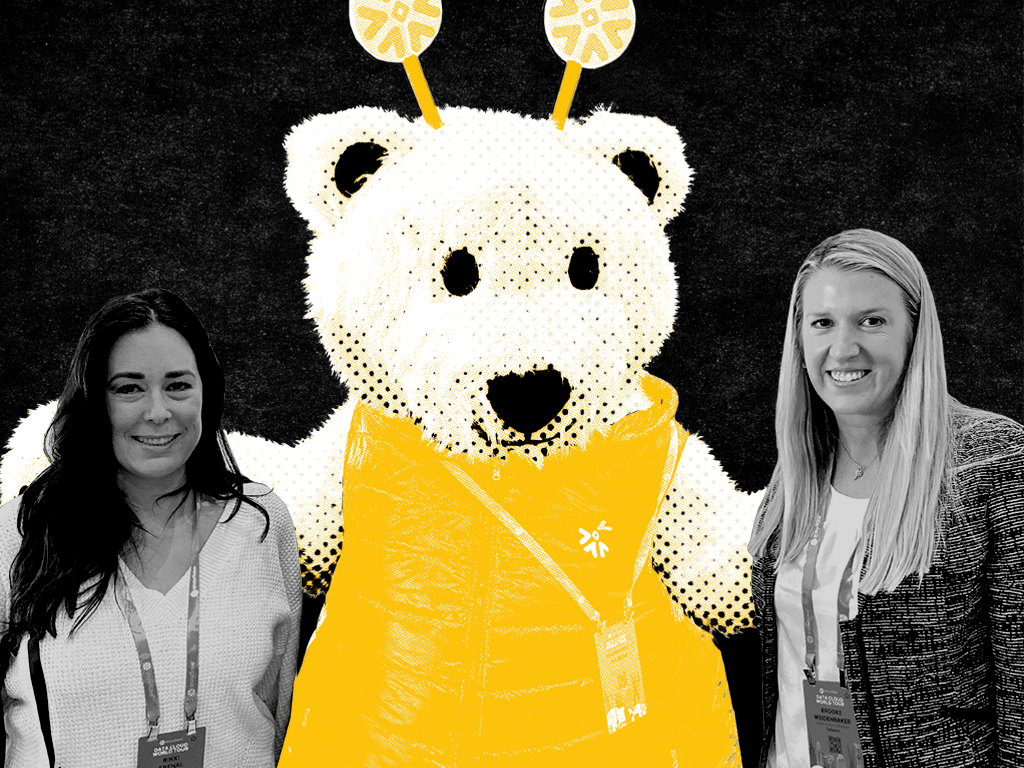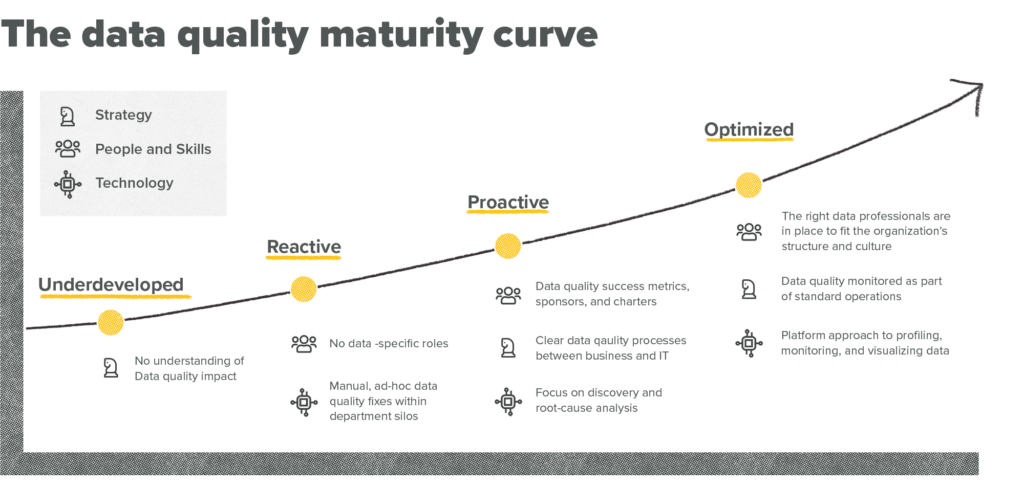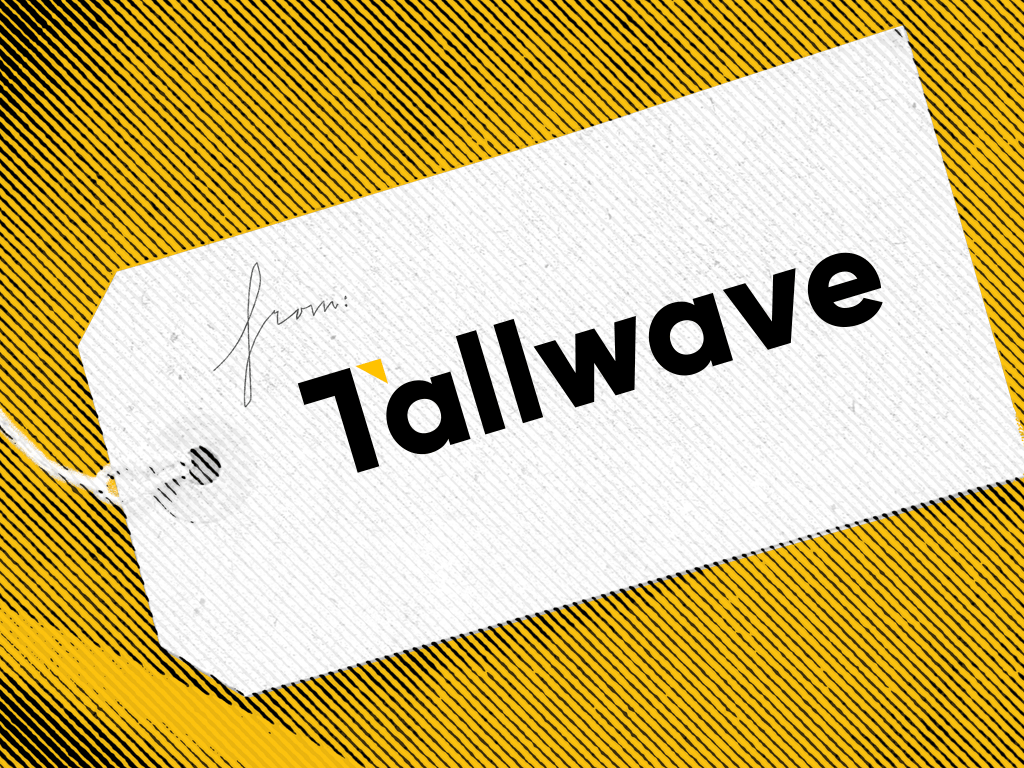Think about all the different ways and places you’re interacting with your customers today. They’re visiting your website, interacting with your social channels, seeing your ads, engaging with your sales people, receiving emails from you, participating in loyalty programs, the list goes on. It takes a diverse lineup of tools and platforms to make all those interactions happen, each leveraging different data sets to drive and inform their operations and each creating and collecting data as those interactions happen.
Data is the lifeblood of modern digital marketing ecosystems. But with the ever-growing data deluge, managing and leveraging it effectively can feel like you’re dealing with a data tsunami. Enter two essential tools: Customer Relationship Management (CRM) platforms and Customer Data Platforms (CDPs). While CRMs have been a mainstay for sales teams for years, CDPs can be game-changers for marketers. Let’s break down their distinct roles and how they can work together to supercharge your marketing efforts.
CRMs: The building blocks for customer relationships
Not only is it true that not all CRMs are created equal, they aren’t all designed to fulfill the exact same roles. In fact, there are 3 main types of CRMs, all of which are designed to enable businesses in different ways:
- Collaborative CRMs: These are designed to combine and integrate marketing, sales, and customer service data to support a more effectively orchestrated customer journey. They’re used for interaction and channel management to illuminate the customer journey from initial touchpoint to conversion.
- Analytical CRMs: These are designed to gather and analyze customer data to uncover customer insights. They’re used for data warehousing, mining, and online analytical processing (OLAP) tools to deliver actionable customer insights.
- Operational CRMs: These are designed to simplify and streamline sales and marketing processes to enable and accelerate the path to conversion. They’re used for automation of marketing and sales activity, CX improvement, and driving to and tracking high-value actions.
More often than not, our clients are using operational CRMs to help sales and marketing teams manage customer interactions and relationships and track, assign, and manage action on leads, opportunities, and accounts. They enable sales teams to nurture and maintain long-term client relationships and maintain a clear view of the sales pipeline. However, it’s important to understand the limitations of CRMs when it comes to marketing:
- Data silos: CRM data often exists in isolation, offering a snapshot of sales interactions but lacking the broader picture of customer behavior across different channels.
- Limited personalization: While CRMs might support basic segmentation based on demographics or purchase history, they generally lack the sophisticated data analysis capabilities needed for truly personalized marketing campaigns.
- Limited activation capabilities: While CRMs can be effective for enabling activation against customer data in channels like email and social, they often don’t offer sufficient capabilities to activate on all the channels marketing campaigns need to enter to meet customers where they are.
CDPs: Helping solve the customer journey Rubik’s Cube for digital marketing success
Remember all those channels and touchpoints where your customers could be engaging with you and all the data being leveraged and created through those interactions? That data is hard to take advantage of when pieces of it live in different places. A CRM might address some of them, but the complete picture, encompassing the full spectrum of customer behavior, remains elusive. This is where a CDP shines.
For marketing teams, a customer data platform provides a solution for achieving a persistent, unified customer database. CDPs ingest vast amounts of online and offline data from many sources then match and merge this information into a single customer view. This includes:
- Online and offline channels: Website interactions, purchase history, email clicks, social media engagement, CDPs gather it all, painting a holistic picture of customer activity across digital touchpoints.
- Transactional data: Purchases, product preferences, abandoned carts, no detail escapes the CDP’s watchful eye, providing insights into customer buying habits and preferences.
- Behavioral data: Website behavior, content consumption, search queries, CDPs unveil a detailed portrait of customer actions and interests, revealing how they engage with your brand.
This provides businesses with much greater insight into who their customers are and what they’re doing throughout their journeys. But the real value of a CDP is making that multi-source data actionable for marketing teams, giving them the insights they need to reach the right audiences at the right time, with the right message, across multiple channels, empowering them to:
- Craft laser-focused campaigns: Analyze customer behavior, preferences, and interactions across all touchpoints to deliver personalized messages that resonate deeply. Imagine sending birthday discount codes to loyal customers or recommending products based on their past purchases.
- Align with buyer needs: Understanding the buyer’s journey is essential for effective marketing. CDPs enable businesses to align their marketing efforts with buyer needs and cycles, ensuring that messaging is timely, relevant, and impactful. For example, if you ran an ecomm puzzle business and found that customers purchasing large, complex puzzles were also consuming blog content puzzle tips and strategies, this insight would allow you to proactively serve up content on advanced puzzle-solving techniques and special offers on puzzle glue designed for large projects.
- Optimize marketing spend: A CDP can help you track which marketing channels are most effective at reaching your target audience and driving conversions so you can allocate resources efficiently. For example, you might see that your social media ads are generating more sales than your email campaigns and then adjust your budget to allocate more resources to social media advertising. This data-driven approach ensures you get the most bang for your marketing buck.
- Measure campaign effectiveness: CDPs allow you to track the effectiveness of marketing campaigns across all channels to more effectively analyze impact and identify areas for improvement. For example, being able to track how many purchase conversions came from traffic that was generated from specific channels and campaigns allows you to measure ROI and optimization performance across multiple channels.
A real-life example of a CDP solution
Now that we have outlined some of the business benefits of a CDP, let’s take a look at some concrete examples of how a niche cable provider uses their CDP to improve their business:
CDPs streamline sales and lead management
The company uses a CDP to track and manage sales opportunities across multiple channels, including online inquiries, inbound calls, and retail store visits. The CDP integrates data from various sources, such as website interactions, lead forms, and customer inquiries, to create a unified view of sales prospects within a single system. With all this data in a single system, when a customer submits an online inquiry about cable services, the CDP captures the lead information and assigns it to the appropriate sales representative based on predefined criteria, such as geographic location or service area. The sales representative receives a real-time notification and can follow up with the prospect promptly, updating the lead status and progress within the CDP.
CDPs foster deeper relationships and personalized experiences
They also use their CDP to enhance customer relationships by personalizing interactions and delivering tailored communications based on individual preferences and behaviors. The CDP aggregates data from customer interactions across various touchpoints, including website visits, support calls, and billing inquiries. If a customer contacts the customer service department to inquire about upgrading their service plan, the CDP retrieves the customer’s historical data, including past purchases, service requests, and usage patterns, to provide the representative with a complete view of the customer’s account. Armed with this information, the representative can offer personalized recommendations tailored to the customer’s needs and preferences, such as suggesting a bundled package with additional channels or faster internet speeds.
CDPs can maximize growth
With the CDP, they are able to easily analyze customer data and identify opportunities for upselling and cross-selling additional products and services. The CDP leverages built-in predictive analytics and machine learning algorithms to identify customers who are most likely to respond positively to targeted offers and promotions.
For example, when they launched a promotional campaign to encourage existing customers to upgrade to a premium cable package with exclusive sports channels, they used the CDP to identify customers who frequently watch sports-related content and have expressed interest in premium channel packages in the past. The CDP generates personalized offers tailored to each customer’s viewing preferences and history, such as discounted upgrade packages or free trial periods. By targeting the right customers with the right offers at the right time on the right communication channel, the cable provider can drive revenue growth and increase customer satisfaction.
Integrating CDPs and CRMs for enhanced insights
While CDPs and CRMs offer distinct functionalities, integrating these platforms can unlock powerful insights and synergies:
- Deeper data integration: Seamlessly integrating CDP and CRM systems allows businesses to leverage customer data effectively across the entire organization. By breaking down data silos and enabling cross-functional collaboration, integration enhances visibility, efficiency, and decision-making.
- Supercharged segmentation and targeting: Rich customer data from CDPs and CRMs enables businesses to create targeted segments based on demographic, behavioral, and psychographic attributes. By tailoring messaging and offers to specific audience segments, marketers can increase relevance and engagement, driving higher conversion rates and ROI. Especially when it comes to targeting, utilizing your existing first-party customer data is likely to yield a much more accurate view of lookalike audiences for example versus purchasing these audiences from a third party.
- Powered-up personalization: Personalization is no longer a nice-to-have; it’s a must-have for modern marketers. CDPs and CRMs empower businesses to deliver personalized experiences at scale by leveraging AI and machine learning algorithms to analyze customer data, predict preferences, and automate content delivery across multiple channels.
- Leveled-up lifecycle marketing: Customer journeys are complex and nonlinear, spanning multiple touchpoints and channels. CDPs and CRMs enable businesses to orchestrate personalized, omnichannel marketing campaigns that guide customers through the entire lifecycle, from awareness to advocacy.
Navigating ethical considerations and data privacy
CDPs are central to the ongoing and real-time collection, storage, and utilization of customer data for marketing purposes. As such, they play a crucial role in the age of data privacy regulations and heightened consumer awareness. It is critical to ensure ethical considerations and data privacy practices are upheld within marketing strategies according to the following:
- Transparency and consent: CDPs aggregate data from various sources, including customer interactions, transactions, and engagements. Marketers leverage this comprehensive view of customer data to personalize marketing campaigns and improve customer experiences. However, to do so ethically, businesses must ensure that customers are fully informed about how their data is collected, used, and protected within the CDP. This transparency fosters trust between businesses and customers, enhancing the legitimacy of data-driven marketing efforts facilitated by the CDP.
- Data security and compliance: Protecting customer data is not only a legal requirement but also a moral imperative. Businesses must implement robust security measures and comply with data protection regulations to safeguard customer information from unauthorized access, breaches, and misuse.
- Fairness and bias mitigation: AI and machine learning algorithms have the potential to perpetuate biases and discrimination if not carefully monitored and mitigated. Businesses must ensure fairness and equity in algorithmic decision-making by regularly auditing models, testing for bias, and implementing corrective measures.
Implementing CRMs and CDPs with a dedicated partner
CDPs and CRMs are complementary and indispensable tools and can be a powerful duo in a business’s digital marketing toolbox. While CRMs excel at managing customer interactions and sales activities and providing a record of individual customer journeys, CDPs illuminate customer behaviors across all touchpoints, drive more nuanced customer segmentation, and activate marketing efforts against customer data across all channels at scale. When used together, they offer a holistic view of the customer, enabling marketers to craft highly targeted campaigns, personalize content and offers, and optimize marketing spend.
However, it’s crucial to choose CDPs that integrate seamlessly with existing CRMs and to invest in the data discovery—requirements gathering, data architecture, and data classification and mapping—and data retrieval and harmonization efforts required to ensure smooth data flow, avoid creating data silos, and set your implementation up for success. It’s also important to adopt a responsible approach to data management that prioritizes transparency, security, and fairness to uphold ethical standards and foster customer trust. An experienced partner can help you unlock the combined data-driven power of a CDP and CRM to fuel higher performing digital marketing strategies while applying responsible practices for data privacy. ready to build out your business use cases for implementing a CRM or a CDP, or integrating the two, let’s talk.

